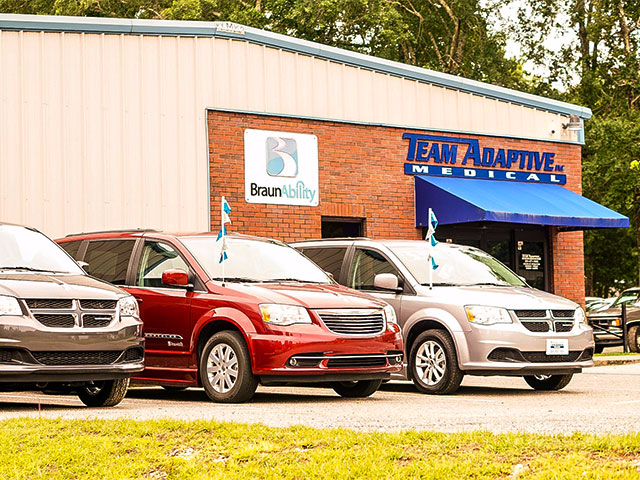
How to Choose the Right Wheelchair Lift for Your Home Needs
Selecting the right wheelchair lift for home use is a critical decision that can significantly enhance mobility and independence for individuals with disabilities. According to the NMEDA, nearly 20% of adults in the U.S. have a disability that affects their mobility, necessitating the need for safe and reliable access solutions in residences. The AAPD highlights that home modifications, including the installation of a wheelchair lift for home, can increase accessibility and improve the quality of life for those who rely on mobility aids.
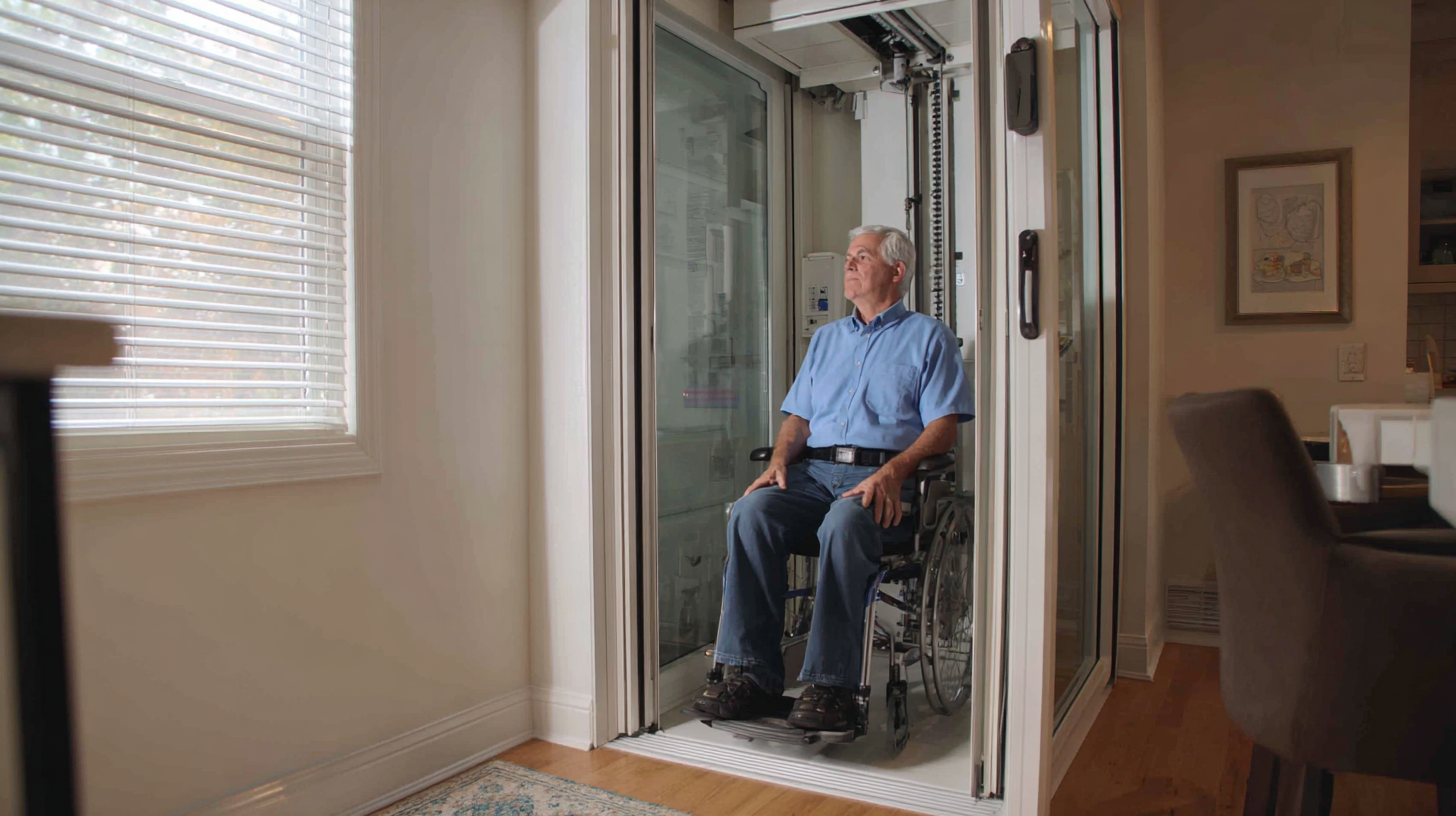 With various types of wheelchair lifts available—ranging from vertical platform lifts to inclined lifts—understanding the specific requirements and space constraints of your home is essential for making an informed choice. This guide will walk you through the crucial factors to consider when selecting a wheelchair lift that meets your needs and enhances your living environment.
With various types of wheelchair lifts available—ranging from vertical platform lifts to inclined lifts—understanding the specific requirements and space constraints of your home is essential for making an informed choice. This guide will walk you through the crucial factors to consider when selecting a wheelchair lift that meets your needs and enhances your living environment.
Understanding Your Home Accessibility Requirements
When selecting a wheelchair lift for your home, understanding your specific accessibility requirements is crucial. Begin by evaluating the layout of your home. Identify any areas that pose mobility challenges, such as stairs or elevated entrances. Consider the dimensions of your space to ensure that the lift you choose fits seamlessly without disrupting the overall flow of your home. For example, if your lift needs to be installed outdoors, weather-resistant options may be necessary to withstand environmental conditions.
Next, assess the weight capacity and height requirements of the wheelchair lift. Different models can accommodate varying weights and reach different heights, so it is essential to select one that meets your needs. Take into account the types of mobility devices used in your home; larger or heavier wheelchairs may require a lift with a higher weight limit. Furthermore, consulting with a mobility specialist can provide valuable insight into your options, helping to ensure that you choose a lift that enhances your home’s accessibility and aligns with your lifestyle.
Choosing the Right Wheelchair Lift for Your Home Needs
This chart illustrates the average specifications you should consider when choosing a wheelchair lift for your home. The data represents common dimensions and capacities that can help ensure the lift meets your accessibility needs.
Evaluating Different Types of Wheelchair Lifts
When evaluating different types of wheelchair lifts for home use, it's essential to consider the unique needs of the user as well as the specific features of various lift systems. Wheelchair lifts generally fall into three primary categories:
vertical platform lifts,
inclined platform lifts, and
portable lifts. Each type offers distinct advantages depending on factors such as space availability, mobility requirements, and installation options. According to industry reports, vertical platform lifts are often cited for their space-saving designs and ability to accommodate heavy-duty wheelchairs, with lifting capacities typically ranging from 600 to 1,000 pounds.
Incorporating advanced technology can further enhance the usability of these lifts. Recent studies highlight the importance of continuous postural and movement monitoring systems that provide real-time data on users’ posture and wheelchair dynamics. This innovation not only improves safety but also supports better mobility management, ensuring that users maintain optimal positioning. Reports indicate that health outcomes improve significantly when wheelchair users have access to such monitoring systems, resulting in enhanced comfort and reduced risk of injuries associated with improper posture or sudden movements. Evaluating these aspects when selecting a wheelchair lift can significantly impact the user's quality of life and independence at home.
Assessing Lift Specifications and Weight Capacities
When selecting a wheelchair lift for your home, understanding lift specifications and weight capacities is crucial. First, assess the weight of the heaviest user who will rely on the lift. Most lifts are designed with specific weight limits, typically ranging between 300 to 750 pounds. Exceeding these limits can lead to malfunctions or safety hazards. Make sure to choose a lift that not only accommodates the user’s weight but also allows for any additional equipment or assistive devices.
Tips: Before making a purchase, always check the manufacturer's guidelines for weight capacity and performance. Look for lifts with a safety margin—ideally, a capacity that exceeds your needs by 20-30%. This ensures the lift remains functional over time and can accommodate users with changing needs.
Additionally, consider the dimensions of the lift and the space available in your home. Lift height, platform size, and ease of installation will affect how seamlessly the lift integrates into your living environment. Ensure the model you choose is compatible with the architecture of your home while providing a comfortable experience for users.
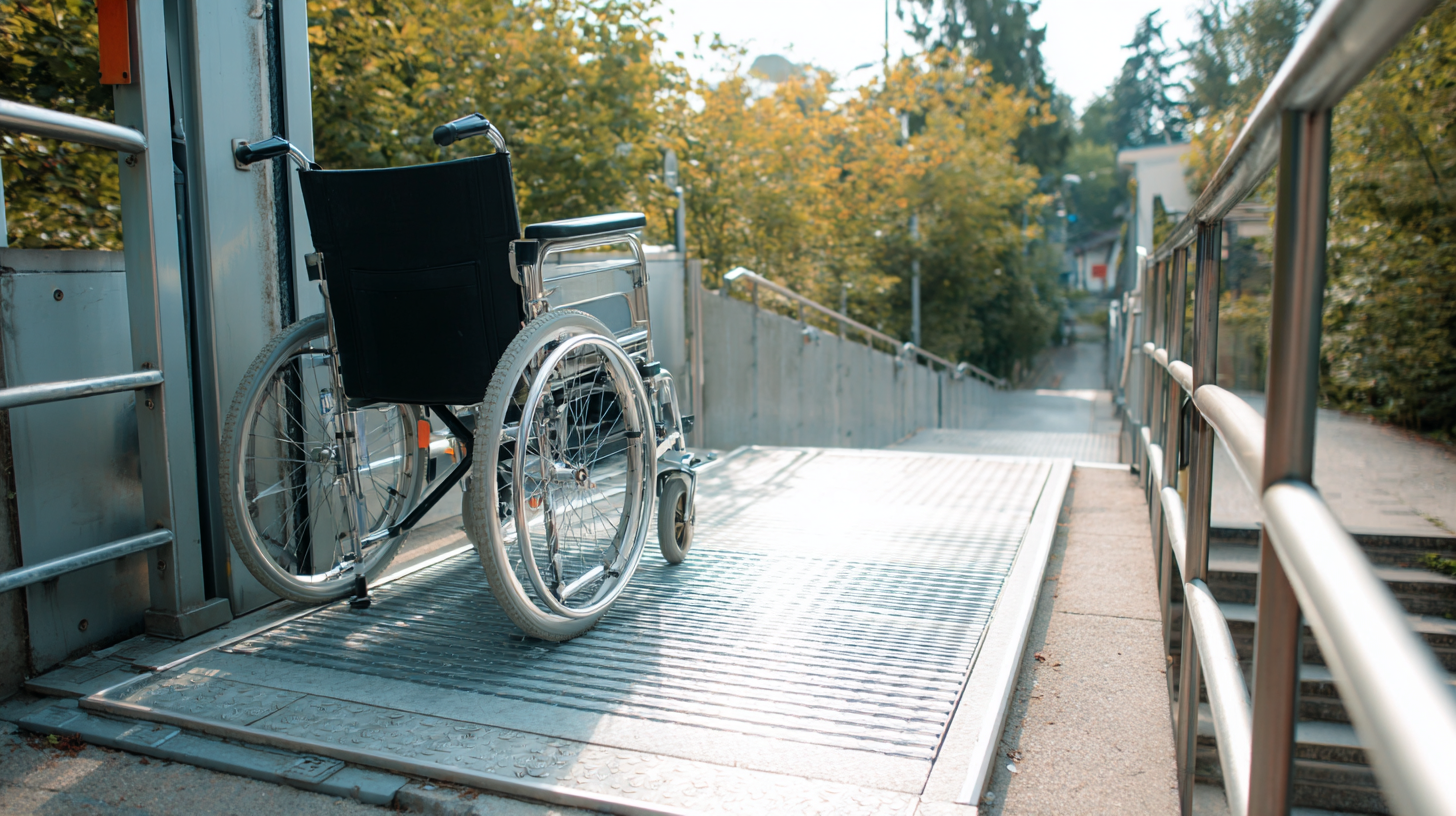
Considering Installation Space and Location Needs
When selecting a wheelchair lift for your home, considering the installation space and location needs is crucial. Before making a decision, assess the physical layout of your home. Measure doorways, hallways, and any potential installation sites to ensure that the lift will fit appropriately. It's essential to allow for sufficient clearance for both the lift mechanism and any necessary access areas, ensuring that the lift can operate safely without obstructions.
Additionally, think about the specific location for installation. Some lifts are designed for indoor use, while others can be installed outdoors, which may affect their design and functionality. Evaluate your intended use—whether it’s primarily for moving between floors or navigating around the home. By considering these factors, you can select a wheelchair lift that not only meets your mobility needs but also integrates smoothly into your living environment.
How to Choose the Right Wheelchair Lift for Your Home Needs - Considering Installation Space and Location Needs
| Lift Type | Installation Space Required (Width x Depth) | Height Capacity | Weight Capacity | Power Source | Cost Range |
|---|---|---|---|---|---|
| Vertical Lift | 3' x 4' | Up to 10' | 750 lbs | Electric | $3,000 - $6,000 |
| Portable Lift | 3' x 3' | Up to 5' | 300 lbs | Battery | $1,500 - $3,500 |
| Incline Lift | 2' x 6' | N/A | 500 lbs | Electric | $2,000 - $4,000 |
| Outdoor Lift | 4' x 5' | Up to 12' | 800 lbs | Electric | $4,000 - $7,000 |
Budgeting for Purchase and Maintenance Costs
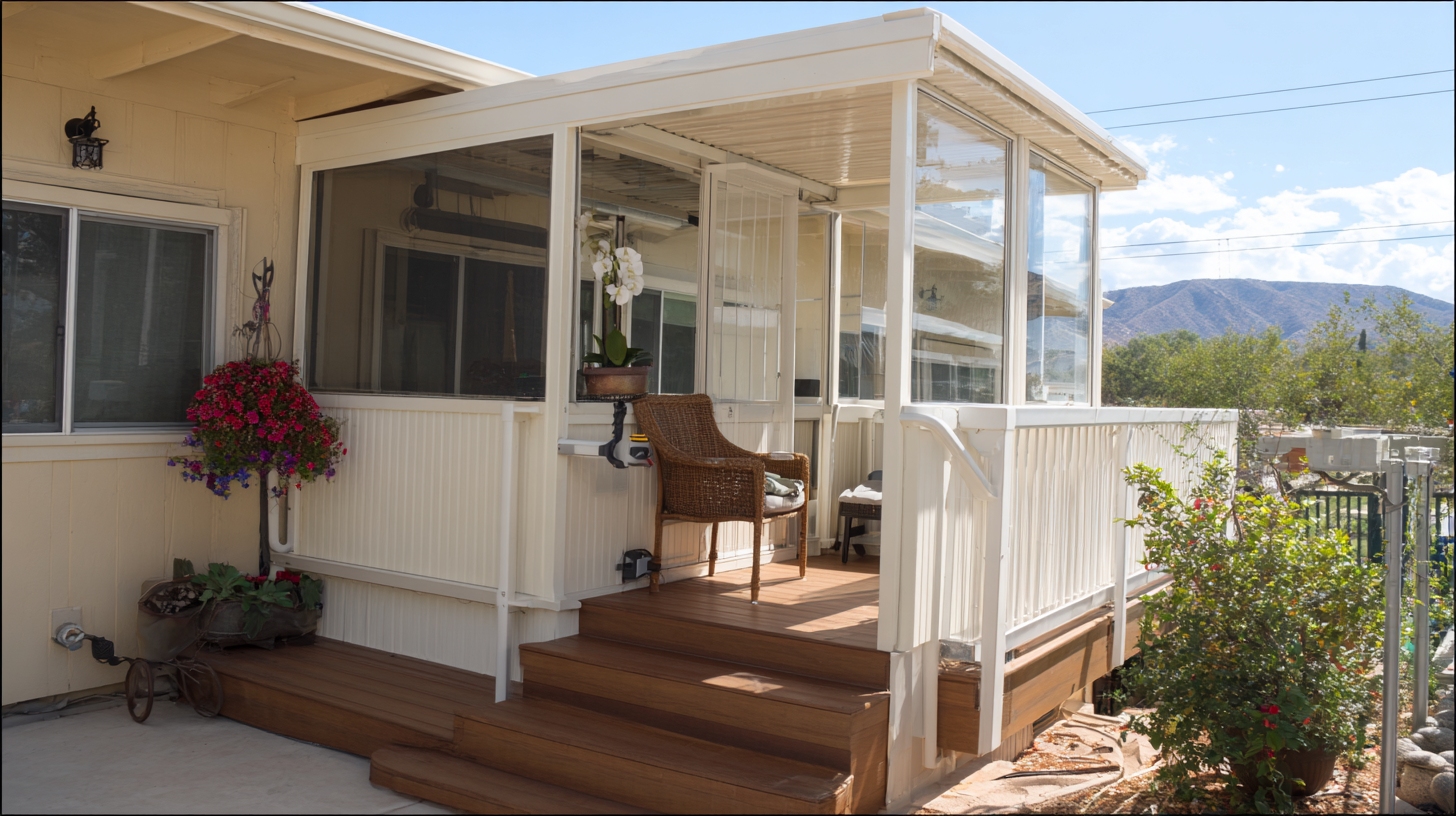 When considering a wheelchair lift for your home, budgeting for both the purchase and maintenance costs is crucial. According to the National Association of Home Builders, the average cost of installing a wheelchair lift ranges from $3,000 to $15,000, depending on the type and installation complexity. Additionally, maintenance costs should not be overlooked; regular upkeep can run between $200 and $500 annually. It's important to factor in these ongoing expenses to avoid unexpected financial strain.
When considering a wheelchair lift for your home, budgeting for both the purchase and maintenance costs is crucial. According to the National Association of Home Builders, the average cost of installing a wheelchair lift ranges from $3,000 to $15,000, depending on the type and installation complexity. Additionally, maintenance costs should not be overlooked; regular upkeep can run between $200 and $500 annually. It's important to factor in these ongoing expenses to avoid unexpected financial strain.
Tips: Always get multiple quotes from certified installers to ensure you are getting a fair price. Additionally, inquire about warranty and service plans, as these can help mitigate long-term costs.
Be aware that while a higher initial investment might seem daunting, features such as durability and advanced technology can lead to lower maintenance costs over time. Research indicates that a well-maintained lift can significantly enhance the mobility and independence of users, making it a worthwhile investment for many families. By planning ahead and understanding the full financial scope, you can make an informed decision that meets your home needs effectively.
Tips: Set aside a contingency fund for any additional repairs or modifications that might be necessary down the line.
Related Posts
-
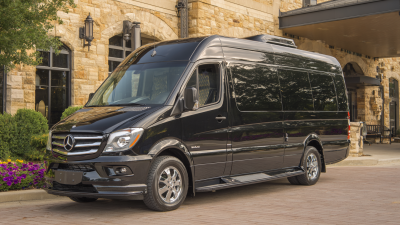
Challenges Faced When Choosing the Best Handicap Vans for Global Buyers
-

Exploring the Unique Features and Ideal Applications of Various Stair Lifts for Seniors
-
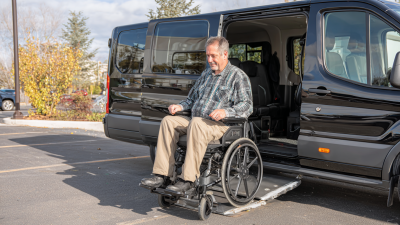
What are the Key Features of Wheelchair Vans
-
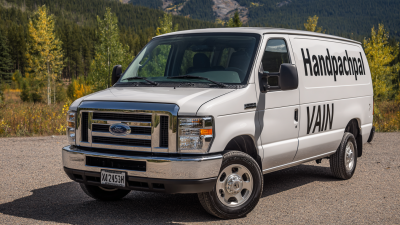
The Ultimate Guide to Choosing the Best Handicap Van Rental for Your Needs
-
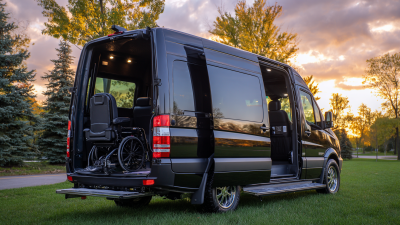
5 Reasons Why the Best Handicap Van Is a Game Changer for Mobility Solutions
-
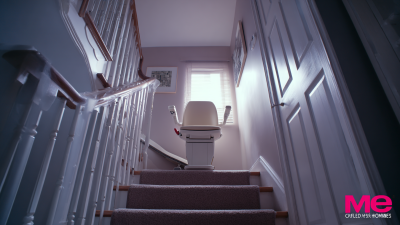
Top Quality Stairlifts from World Class Chinese Manufacturers to Elevate Your Home









